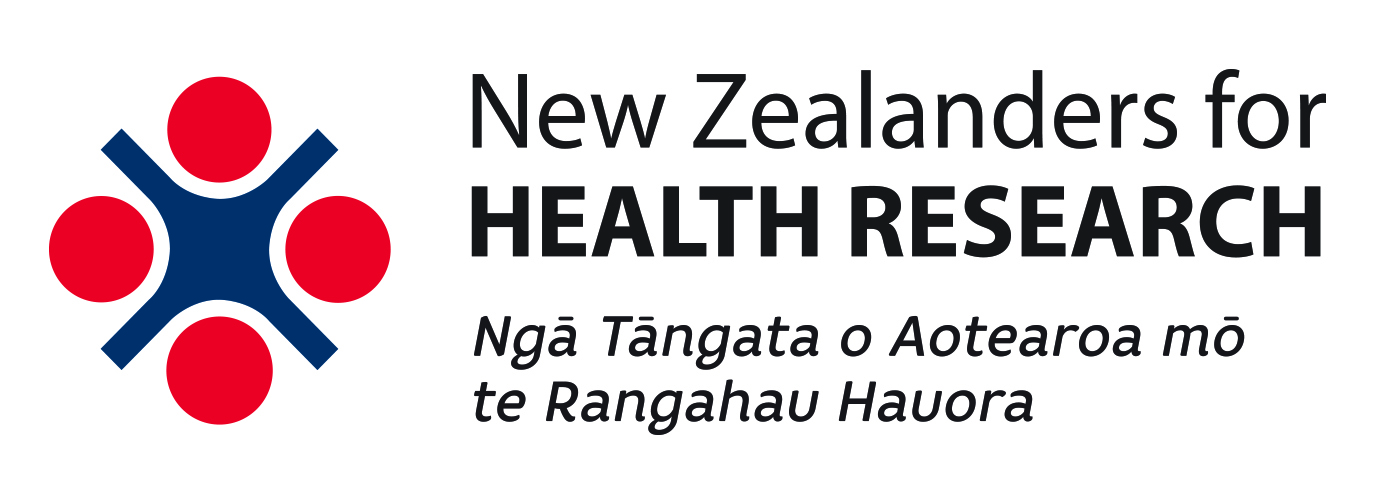Lifting government investment in health research
NZHR’s December newsletter – Health Research Matters – which appears in the publications section of the website, states that NZHR’s most conservative estimate of government underinvestment in health research over the last decade stands at just under $222m.
This figure is derived from an analysis of Treasury budget papers for the Ministries of Health and Business, Innovation and Employment (and its earlier entities) for the years 2007/08 through to 2016/17. For 2016/17 the source documents were the estimates of appropriations, and for previous years the supplementary estimates of appropriations.
The $222m figure is based on the following three assumptions:
- Government investment in health research should be thought of as the research and development component of the cost to the government of delivering health services.
- Cost to government of delivering health services comprises allocations to DHB’s and other non-departmental agencies plus the Ministry of Health’s costs incurred in managing the contracting and accountability arrangements associated with these allocations
- In the absence of any universally recognised external benchmark of what constitutes an appropriate proportion of health care costs that should be invested in health research, an internal benchmark reflecting the government’s best practice (ie highest level of investment) should be used.
Using these three assumptions the analysis shows that the highest level of investment occurred in 2010/11 when budgeted investment in health research was 0.8% of budgeted health care costs. If this level of investment had been budgeted for every year for the past ten years an additional $221.8m would have been available for health research.
In calculating the quantum of investment in health research for each of the last ten years the following budgeted expenditure categories were totalled: Health and Society Research; Genomics Research Infrastructure; Health Research Fund; Health Research; Social Research; and Primary Health Research.
It should be noted that over this period that the government has also invested significantly in the Marsden Fund, and proportions of these funds, varying between 29% (in 2007 and 2012) and 42% (in 2015) have in turn been invested in health research projects. If these amounts are included post hoc into the above analysis, 2010/11 continues to be the year with the highest level of investment, at 0.96%, and the resulting level of underinvestment over ten years amounts to $234.2m.
The above analysis begs the question of what in fact constitutes an optimal level of investment.
Compared to other countries New Zealand’s direct budget support for health research and development is relatively low at 0.04% of GDP, (http://www.oecd-ilibrary.org/science-and-technology/oecd-science-technology-and-industry-scoreboard-2015_sti_scoreboard-2015-en), which is about one third of the levels being achieved by countries such as Norway (0.14%), Denmark (0.13%), Luxembourg (0.13%) and Great Britain (0.12%) and considerably less than the OECD average of 0.10%).
These figures suggest that a significant lift the New Zealand government’s investment in health research is justified.
If it is assumed that an optimal level of health research investment constitutes a modest 1% of health care provision expenditure, the resulting level of underinvestment over ten years would stand at $484.2m excluding Marsden Fund health research projects, and $292.6m if they are included.
Taking the analysis one step further, extrapolating from the OECD figures referred to above, and assuming an optimal level of health research investment as constituting 2.5% of health care provision expenditure (which approximates the OECD average), the resulting level of underinvestment over ten years would stand at approximately $2.4b excluding Marsden Fund health research projects, and approximately $2.2b if they are included.
Why is this important?
Put simply, morbidity and our expectations of health services are increasing beyond health service providers’ capacity to meet demand. As a result people are being denied, or are experiencing long delays in receiving, the health services they need to regain their health. We need to get better at reducing the incidence and prevalence of preventable conditions, and we also need to find new and innovative ways of intervening more effectively and efficiently when people become unwell.
These things won’t be achieved such that they will significantly impact on people’s wellness and therefore demand for health services on the one hand, nor services’ capacity to deliver on the other, unless there is a much greater investment in research which will enable us to identify, and implement, what works. Historic levels of health research investment have been insufficient to stem the tide of health service demand, and the time for change is long overdue.
Chris Higgins
NZHR Chief Executive
19th December 2016

